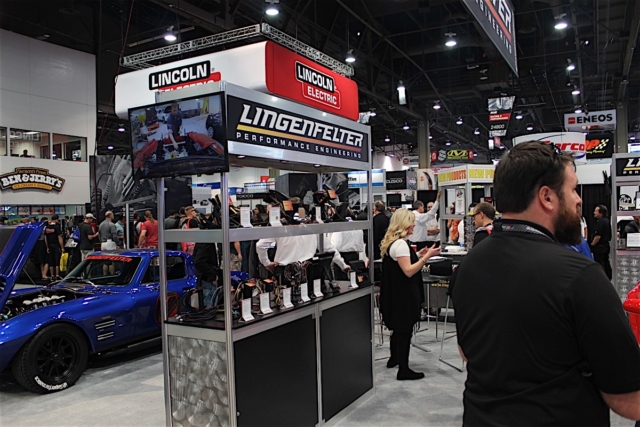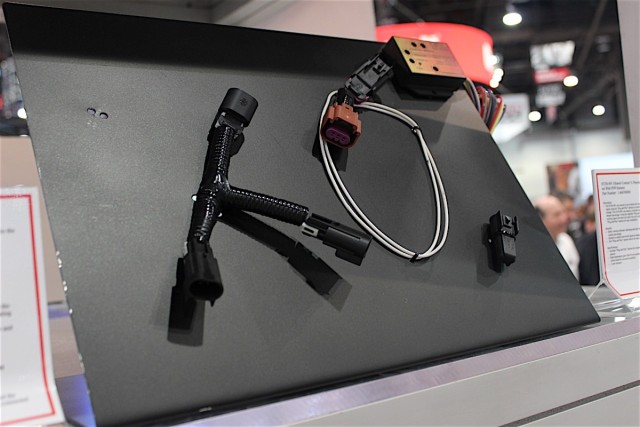Automotive electronics have become exponentially more complex over the years and show no signs of slowing down anytime soon. While that is fantastic news in some respects, such as drivability and vehicle capability, it means vastly more complicated integrations for the average wrench turner. Thankfully, Lingenfelter Performance Engineering (LPE)—who is typically found on the bleeding edge of automotive electronics—has recently taken a few steps in making any gearhead’s life a little less complicated when it comes to circuitry.
You’ve more than likely heard the term “CAN bus” being tossed around lately, but what does that mean exactly? Well, CAN stands for Controller Area Network. In essence, it is basically a protocol, and network, by which all of the individual computers and controllers—such as the BCM, ECM, or ABS modules—communicate with one another in a system (your vehicle).
The reason this universal system is used is to prevent the necessity of wiring each controller to one another, which would make the system overcomplicated and wouldn’t allow a producer to vary which modules where installed in each car without swapping out the entire wiring harness. A CAN allows modules to be plugged in and communicate with others using a standard protocol over the vehicle network.
And while these systems work almost flawlessly in their stock configuration, when it comes time to modify them, they can cause a lot of headaches. Have no fear though, as LPE recently released several new items to help you with your CAN bus woes.
“We make an entire line of CAN-related products to help customers,” said Jason Haines of Lingenfelter. “We have a module that takes signals from the ECM or TCM, or anything on the CAN bus, and turns that into relay outputs so you can turn on and off devices or warning lights based on temperatures, pressures—what ever you want.”
Haines went on to tell us that the plug-n-play T-connector harness was developed to allow someone to plug into the CAN bus without having to splice into the wires directly or back probe the diagnostic link connector. It allows you to route the signal to anything that is capable of reading CAN, including several of Lingenfelter’s modules.
Lingenfelter Modules and Harnesses
- GMLAN/CAN Interface T-harness PN: L480420000
- GMLAN/CAN termination kit PN: L480430000
- Ethanol content sensor signal harness PN: L480440000
Two modules are currently being offered by LPE, the aforementioned relay module which allows anyone to monitor the CAN bus for specific signals to operate desired relays, and a module that turns CAN bus inputs into frequency outputs or simulated analog outputs which allow you to run components such as analog gauges.
“It’s funny, all of this started when we were developing products for ourselves to make our package vehicles more seamless to the customers,” Haines said. “But we ended up realizing, ‘well, if we’re going to make five of these, why not make 25 or 50 of them and sell them to other people who are trying to do the same things and recuperate some of the developmental costs?’”
LPE was also showing off a new ethanol content sensor that is capable of monitoring the makeup of your fuel and pulls ignition timing if the percentages of ethanol drop below a predetermined rate, which you manually set on a microswitch.
“If you have a vehicle that doesn’t have an ethanol sensor, this module will also plug into the ECU where the ethanol sensor would normally go. It allows you to have an externally switched input that tells the ECU that ‘hey, I’m at 0 percent ethanol now’ flip a switch and say ‘I’m at 85 percent ethanol now’ so now you can use it as basically a race gas switch and switch back and forth between the two maps,” Haines said.
Needless to say, if you’ve got an electronics problem, LPE probably has a solution.



















